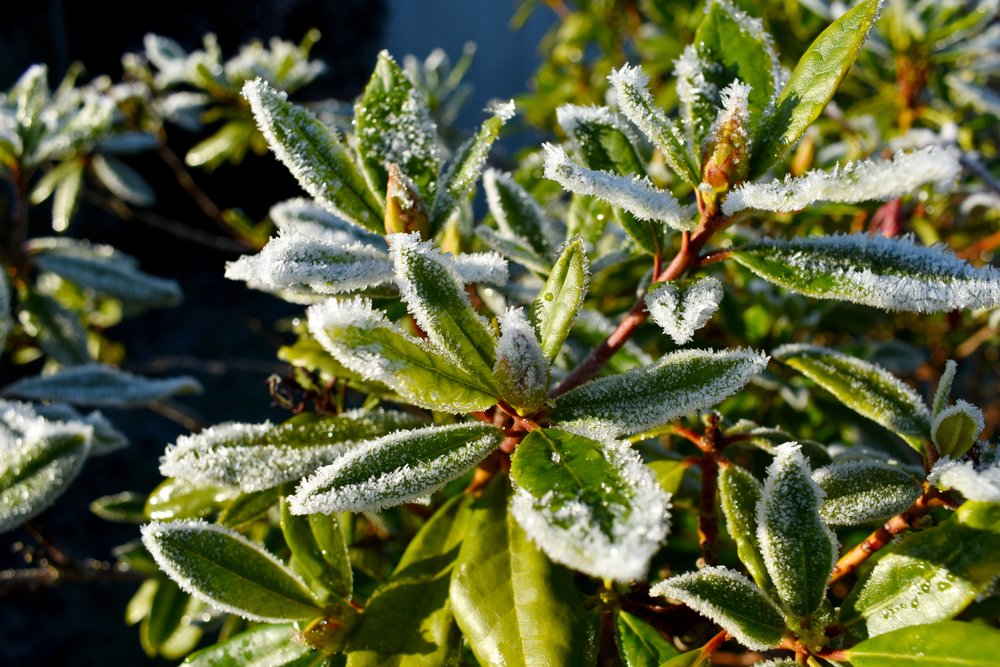Freezing temperatures can wreak havoc on your plants during the Wintertime. Inconvenient and damaging, frost can manifest in different ways – including causing once-healthy plants to develop brown patches, scorched leaves and limp foliage. So, what proactive measures can you take to protect your garden in the Winter?
To help you out, we’ve put together this simple guide to show you how to protect plants from frost, once and for all.
What is frost and why does it occur?
Frost is a thin layer of ice on a solid surface. It occurs when water vapour in the air forms a dew, which then reaches freezing point. The ice crystals that form on the plants can injure and sometimes even kill tender plants.
Once you spot cold damage, all you can do is remove the affected leaves or flowers before the damage spreads. If the damage does spread, the plant will not survive.
Our guide will help you understand how to protect plants from frost, so that yours stay healthy all year round.
How to protect plants from frost
Bring potted plants inside
A quick and easy way to protect plants from frost is by moving potted plants indoors. You can do this just for the night, or for a few days, during frosty conditions.
Ensure your plants are still getting their required amount of sun if you plan on keeping them indoors during the daytime. If containers are too large to move indoors, try raising the pots by resting them on pot feet or bricks. This will allow any water to drain away more easily, therefore preventing your plants from sitting in icy water.









